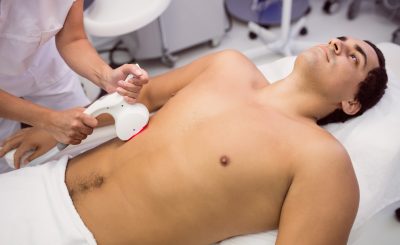It is an undeniable fact that Diabetes is a global pandemic! Diabetic patients have to be continuously monitored round the clock to keep blood glucose levels in check. The most common method for monitoring blood glucose levels is the painful needle prickle method. It is estimated more than half of the patients tend to avoid the procedure owing to the pain. Now, the scientists at MIT(Massachusetts Institute of Technology) have developed a spectroscopy method for accurate non-invasive measure of blood glucose levels. When they tested the method in pigs, the blood glucose levels are in line with the measurements made from blood samples. Th is is a major breakthrough in the Diabetic Research
The non-invasive measure of Blood Glucose using Raman Spectroscopy
The new method employs Raman Spectroscopy, wherein a near-infrared light is shone on the skin. The principle involved here is that light scatters the molecules in different ways thereby revealing the composition of the tissue. But however, the glucose signals are found to be weak and most of the strong signals seem to stem from protein, lipids, and collagen. To overcome this, scientists shone the skin with near-infrared light at a 60-degree angle and the receiving fiber is placed perpendicular to the skin. It thereby resulted in a strong overall signal and hence the glucose Raman signal can be collected continuously. It also filters out the unwanted reflected signals from the skin surface.
Also Read: Coronavirus Outbreak traced to Snakes in a new Genetic Study
The researchers then tested the technique in live pigs and found to produce accurate glucose readings for an hour. They then compared the readings to the measurements made from blood glucose samples. Currently, the device is of the size of the desktop computer and the scientists are planning to minimise the size to make it portable. In the long-run, they plan to adapt the technology into a wearable device.
Peter, the senior author of the study said that this is the first time when glucose signals are detected in a transdermal way. The Research Study is published in the Journal of Scientific Advances.







